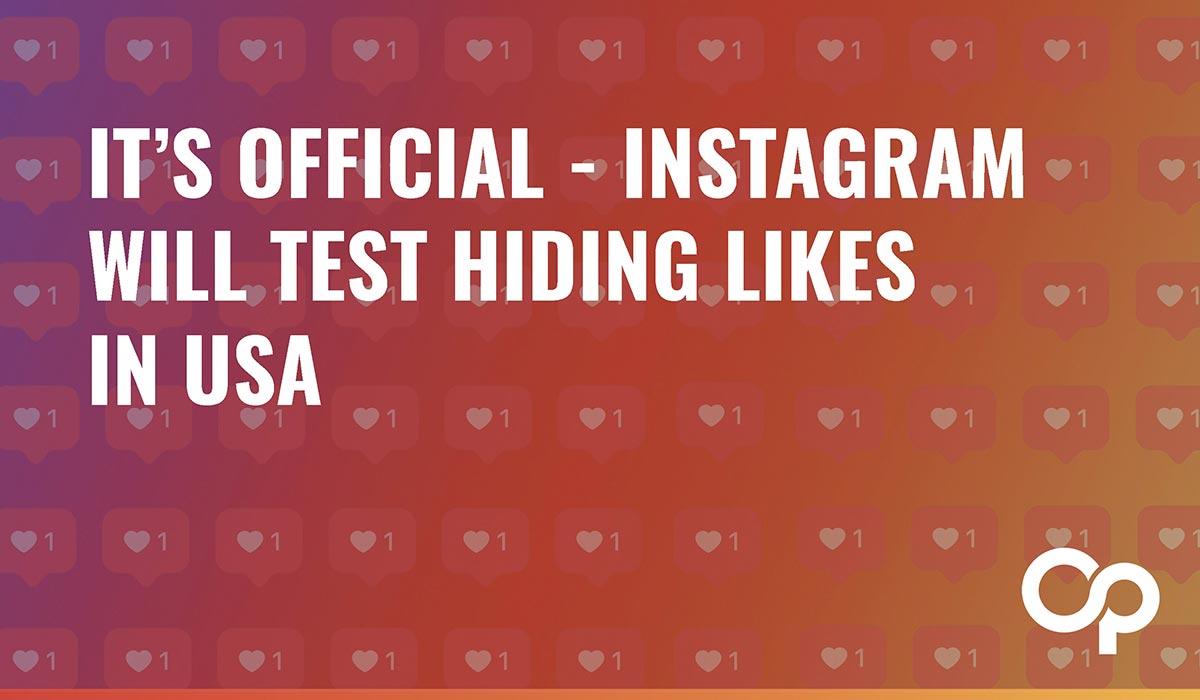Visible “Likes” may soon become a thing of the past according to Instagram CEO Adam Mosseri. He dropped this social bombshell to a roomful of anxious influencer marketing firms at the recent Wired25 conference in 2019 announcing that his wildly popular platform would begin testing the removal of visible “Likes” from feeds in the United States.
The news comes months after Instagram conducted similar tests with influencer marketing strategies in seven countries around the world. It remains to be seen how such a change would affect the influencer ecosystem, but it’s possible Instagram’s initial test data saw positive results and believe the platform could sustain the new policy.
Mosseri stated that the company’s mission is to protect the “safety and wellbeing” of its users, as research suggests that social media can lead to negative effects on mental health.
“The idea is to try to depressurize Instagram, make it less of a competition and give people more space to focus on connecting with the people they love and things that inspire them,” Mosseri said.
Reception to the news has been polarized. Some of the best influencer marketing companies are worried expressing concern that this will negatively impact engagement. For many, the fear is that the lack of visible Likes will unincentivize users to Like at all, as seeing how others react to content is a driver in how we respond to it. As Business Insider wrote, “there’s no applause at the end of the show.”
It’s true that the positive emotions experienced when receiving Likes have been a driving factor for both Instagram and social media as a whole.
“We crave it and actively seek it. ‘Likes’ give us a feeling of popularity and meaning,” writes digital analyst Brian Solis.
The days of “likes” could be replaced by other forms of “Social Validation” in Instagram influencer marketing, using a content-rating system powered by algorithms.
Likewise, Open Influence CEO Eric Dahan noted the social impact of Likes and other metrics. “Instagram’s a platform where people go to engage, and they look to others to validate their decisions,” says Dahan. “Think about it – are you going to pay attention to a video with ten likes, or some with a hundred thousand?”
Nonetheless, Dahan remains open to the change. He points out how certain content formats – such as Instagram Stories – already hide their performance metrics with no discernible downside. In addition, the proliferation of TikTok influencer marketing strategies may end up surpassing Instagram’s import in the next couple years. Remains to be seen.
Furthermore, such a policy wouldn’t affect how marketing companies work with influencers or the data and insight we can receive. Creators affected by this test are still able see their own Like performance and report it – similar to how they currently do with Story views.
In addition, AI-powered content analysis can always be programmed to discover actionable insights that set an influential marketing strategy and creative direction.
In addition, Instagram may be hoping that visitors start using other recently launched influencer marketing strategies such as “Create Mode” which allows users to produce content without building off a pre-existing photo or video.
Lastly, this decision is not set in store – far from it. If the platform does indeed experience a steep decline in engagement and overall use, it’s possible they will find some other means of solving the issue. As Mosseri said, “We have to see how it affects how people feel about the platform, how it affects how they use the platform, how it affects the creator ecosystem.”






